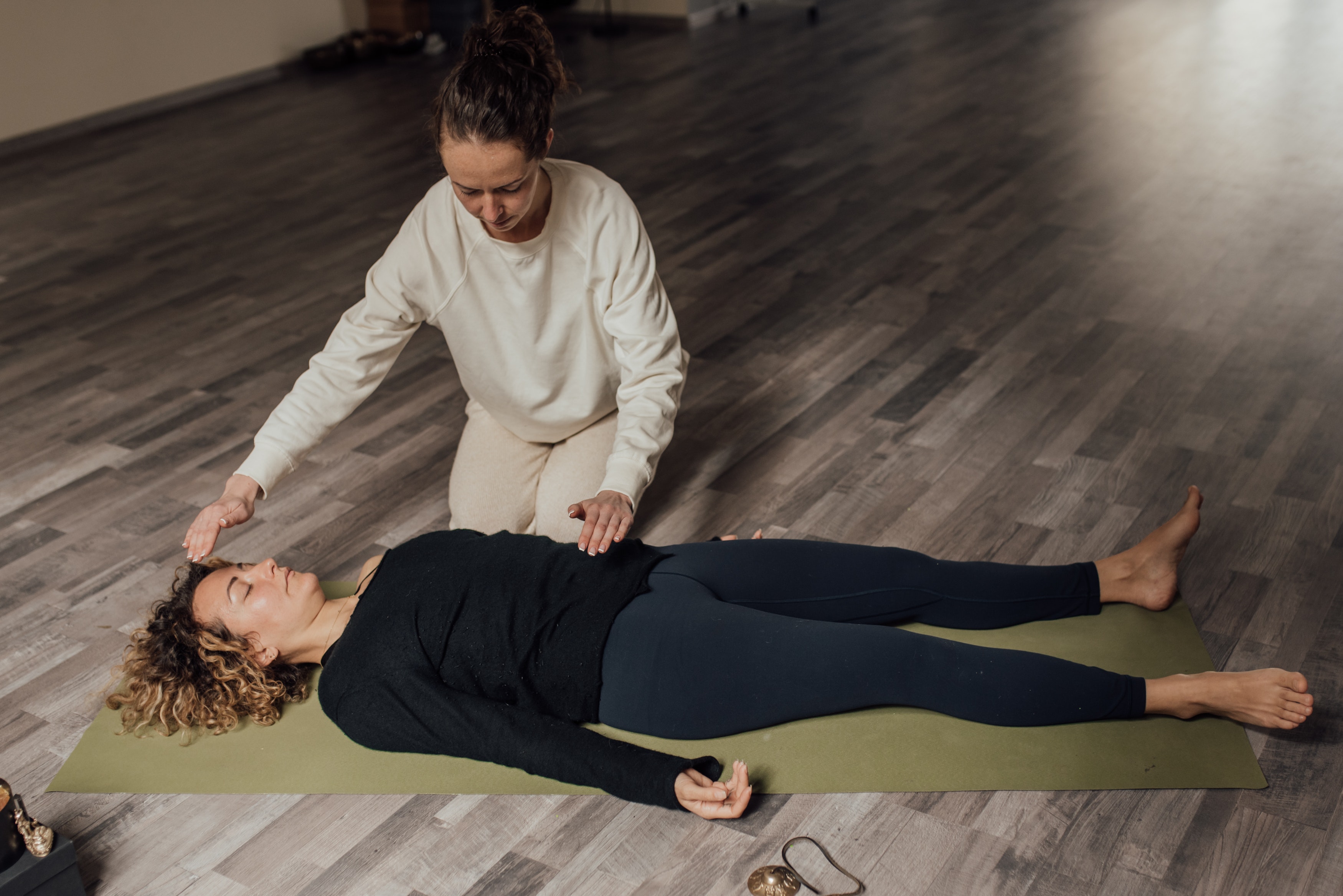Why do my hands cramp up during breathwork?
By Devendra Narayan, PhD.
The blog post is part of the Better Breathing through Science series.
If you’ve ever taken a breathwork class, it’s very likely that you’ve experienced tetany. It’s the sensation of numbness and tingling in the fingers and toes often experienced during conscious connected breathing.

Photo by Min An: Pexels
Tetany is “symbolic of holding onto something tightly” [1]
Tetany “facilitates emergence of old emotional and physical tensions associated with unresolved psychological and physical traumas” [2]
Tetany is cause by “holding onto unconscious, ‘stuck’ energy” [3]
What is tetany?
Tetany is a physical manifestation of spasms in the hands and feet that are the result of the constant firing of axons, which are long, thin nerve cells that carry electrical impulses in peripheral and central nerves. It can manifest in one of two ways: unilaterally, on one side of the body; or bilaterally, on both sides.

Photo by Arina Krasnikova: Pexels.
A few years later, in 1922, Goldman reported a list of symptoms for hyperventilation-induced tetany in a subject as follows:
“He continuously started to breathe deeply, and after about 10 mins of forced respiration became dizzy and developed tingling of the hands, face and then the entire body, and then spasms of the feet, hands and face.” [6]
You may wonder - What's wrong with releasing more CO2? After all, we've been taught that CO2 is the waste gas.
Note that Oxygen and CO2 both are carried throughout the body by binding to the hemoglobin protein in the red blood cells.
What should you do if you experience tetany during breathwork?
- Keep calm and relax your breathing.
- Reduce the rate of respiration. For example, if breathing through the mouth, one may switch to nasal breathing to lower the breathing rate.
- Practice controlled breath holding. The breath holds can be short, lasting 5-10 seconds between breathing cycles, which will help you restore a normal level of CO2 in the body. Remember never to force the breath holds.
About the Author
Devendra Narayan is a scientist, yoga teacher, breathworker, scholar and founder of Cultivate Prana Academy. Cultivate Prana's mission is to empower modern day healers through education that integrates ancient wisdom and modern science.
- Understanding Tetany and Discovering the Treasure Within It
- Hyperventilation & Tetany - what is this all about?
- Why Do My Hands Curl When I’m Hyperventilating During Breathwork?
- Haldane J. S. and Poulton E. P. J Physiol 1908; 37:390.
- Samuel B. Grant, and Alfred Goldman. Am J Physiol 1920; 52:209-232
- Goldman A. JAMA. 1922;78(16):1193-1195.
- Fraser R and Sargant W. The British Medical Journal 1938; 1(4024):378-380.
-------
Copyright 2022 Cultivate Prana LLC. All rights reserved.

.png)